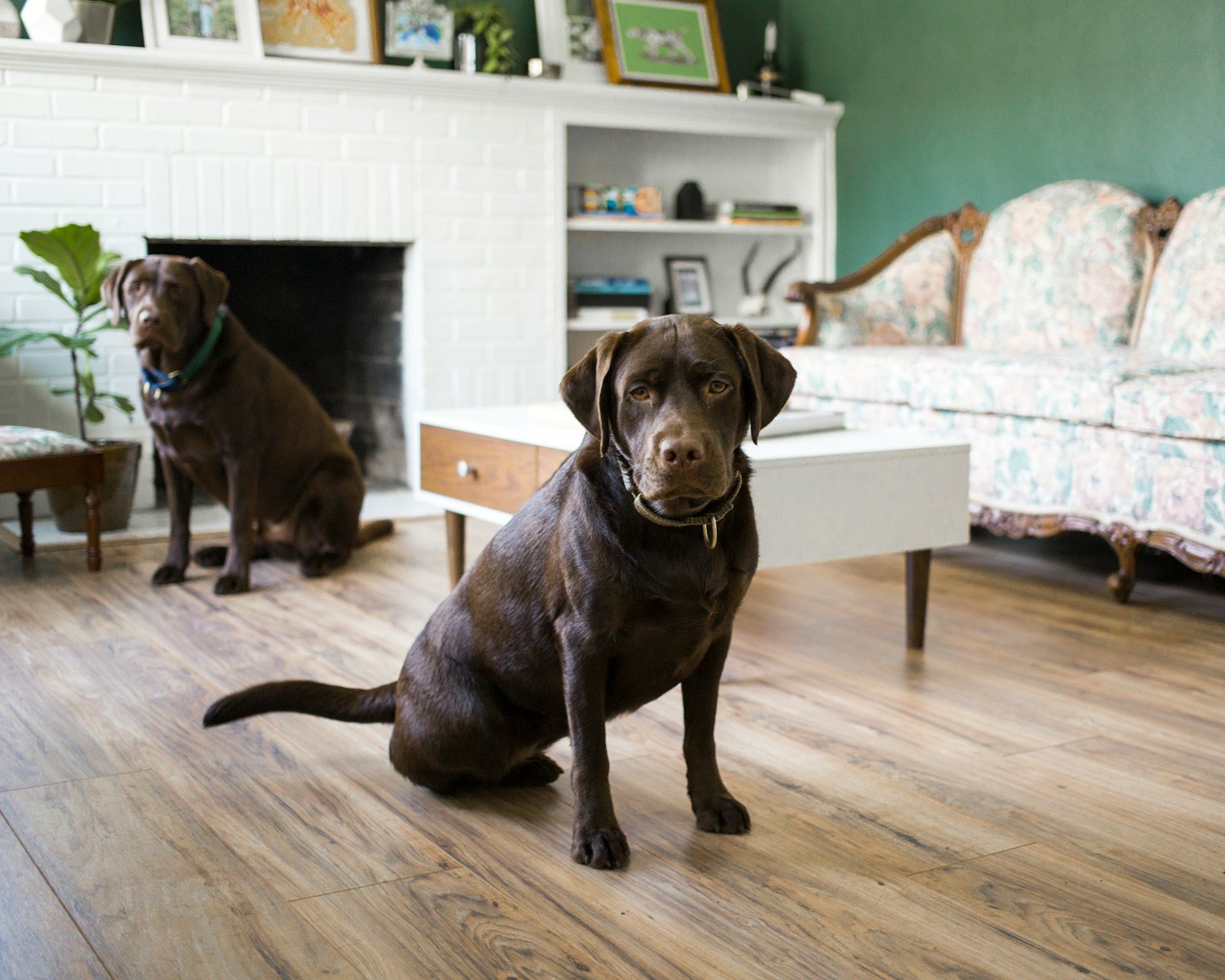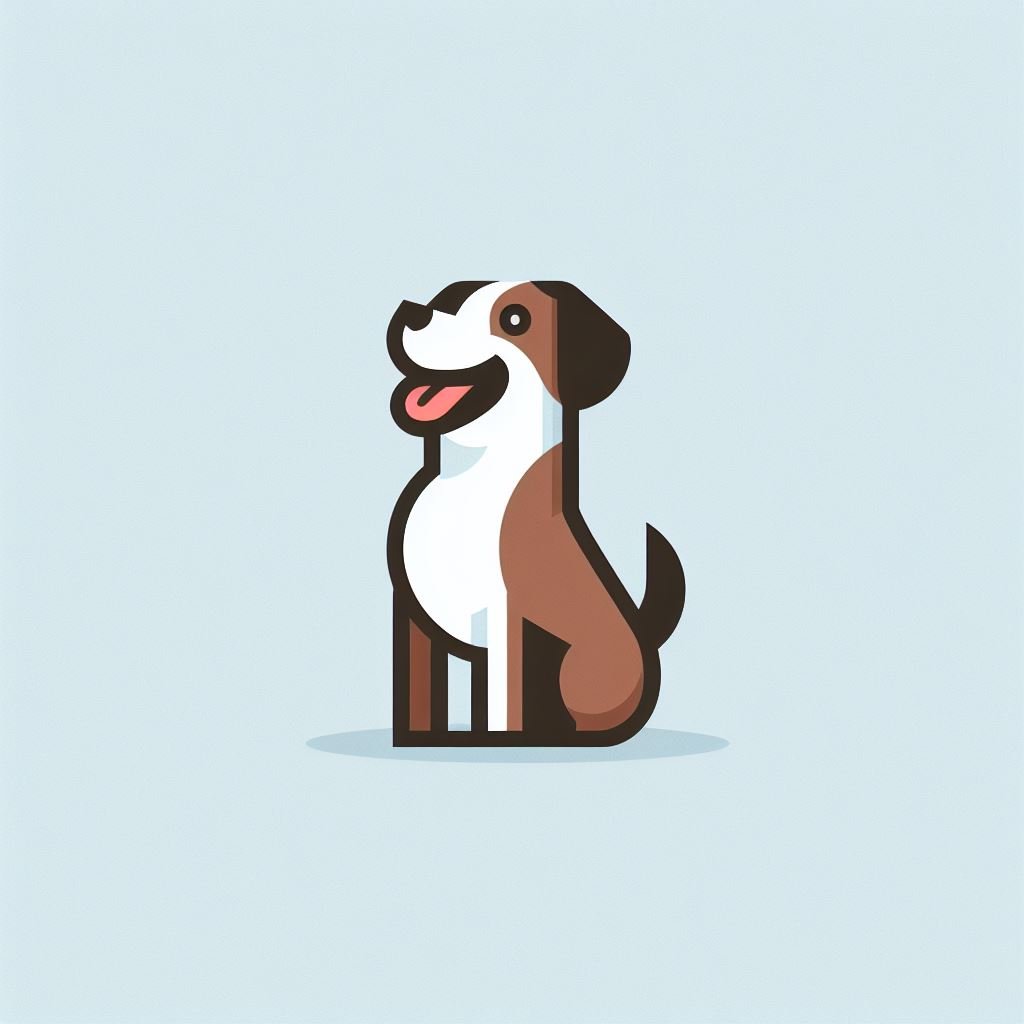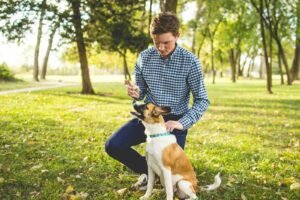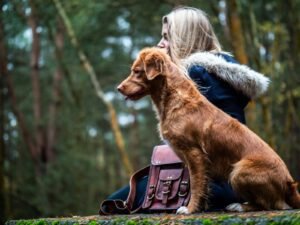Separation anxiety is the dread or fear that your dog experiences when someone that they are attached to leaves them. So a typical instance of this might be when you go to work in the morning, the dog might get tense or anxious. Typically this anxiety produces negative behavior in the animal. It may howl or bark, urinate or defecate in the house, start to chew things or bite itself. Obviously this is not good for the dogs state of mind or your home. So what can be done about separation anxiety in dogs ?
Separation anxiety prevention should begin at birth. A puppy that is not allowed to wean off it’s mother could display separation anxiety in later life. It should be weaned off and relatively independent by around the eight week period so don’t get a puppy that is younger than this.

Start teaching your puppy about separation anxiety as soon as it gets into it’s new home. although it is hard not to cuddle a puppy, try not to be too affectionate. This is pertinent at night times when you are going to bed. Place you puppy in it’s sleeping basket and walk away. Don’t make a fuss of it. It will learn that there will be times when it is alone.
If you make it clear to the puppy that you will not always be there then it will get used to it and will probably not suffer from separation anxiety when it gets older.
Teaching your puppy about separation anxiety should be quite straightforward. This may not be the case if you take on a grown dog. The dog may have come to you via the dog pound or maybe a previous owner has given it away.
If it has spent anytime in a shelter or pound it may have been neglected before this. This may lead to insecurities and anxiety. It may have also been deprived of affection whilst in the shelter too which may add to it’s insecurity.
If the dog has come from a previous owner there is often a reason for this. And this is not always the fault of the dog. The family may be experiencing problems themselves, like redundancies, money difficulties or relationship problems. A dog is a social animal and will pick up on this tension. These tensions may lead to behavioral problems like separation anxiety.
So for an older dog the first step is to heal old emotional wounds. In terms of separation anxiety, you will have to level at some point so start off slowly. Practice leaving. Leave for a few minutes and then return. Don’t make a big deal of the leaving and returning, so as to imply that this is a normal process.
Another tactic is to keep you pet busy while you are out. You could hide some tasty treats in the garden to take his mind off the fact that he is alone.
Do this repeatedly, gradually increasing the length of time that you are away from the dog. If you notice that the dog is beginning to get anxious then go back to a separation time period when it was content. Continue this process until the dog is not displaying any signs of anxiety.







